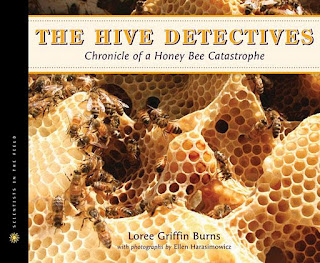How do scientists really spend their working lives? Are their careers really all about white lab coats and advanced mathematics? Not necessarily. “Scientists in the Field,” a series of juvenile non-fiction books published by Houghton Mifflin, follows a variety of scientists to locations as exotic as the cloud forest of New Guinea and as familiar as your own back yard to prove that science can be fun, intriguing and extremely important.
In “Kakapo Rescue: Saving the World’s Strangest Parrot,” readers meet a team of scientists and volunteers who are trying to save a species of large, flightless, honey- scented parrots from extinction. With only ninety-one living kakapos, it’s a tough job, but the humans seem to love it.
In fact, one of the coolest things about the series is how much the scientists and their assistants love what they’re doing. Whether it’s studying snow leopards in Mongolia , teaching trumpeter swans to migrate in the northeastern United States
Lavishly illustrated with full color photographs, “Scientists in the Field” books are visually as well as intellectually interesting. Information is delivered as part of a captivating, real-life storyline, enjoyable for adults and children alike. Glossaries at the end of each book provide simple definitions for unfamiliar terms and some books have pronunciation guides beside unusual words.
To enhance the very personal quality of these books, some pages are printed in what looks like handwriting, complete with fake sticky notes. In “The Hive Detectives: Chronicle of a Honeybee Catastrophe,” the scientists even answer questions about themselves, including how they became interested in bees, which bees they like best, and what their worst sting has been.
Whether your child likes frogs or space exploration, volcanoes or the ocean, “Scientists in the Field” has a volume that will encourage those interests while opening up the wonderful possibilities of real-world science. And don’t forget to drop by with your 3-7 grade students on Saturday, Oct. 15 for “Born to Do Science,” Monty Harper’s program featuring real working scientists!
Stillwater, OK






No comments:
Post a Comment